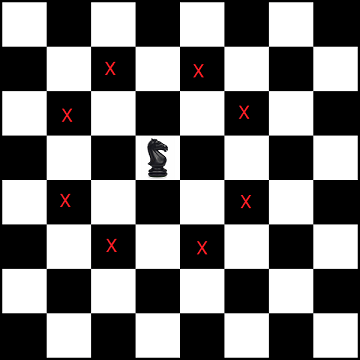History of Icons looks at the evolution of icons used for desktop, mobile, and web. There are plenty of nostalgia triggering screenshots from a variety of systems. Given that nobody could ever afford having all of those systems, I’m sure you’ll find interesting screens from computers you didn’t have or didn’t see.
Tag: web development
Validating CSV schema
CSV, or comma-separated values, is a very common format for managing all kinds of configurations, as well data manipulation. As the linked Wikipedia page mentions, there are a few RFCs that try to standardize the format. However, I thought, there is still a lack of schema-type standard that would allow one to define a format for particular file.
Today I came across an effort that attempts to do just that – CSV Schema Language v1.1 – an unofficial draft of the language for defining and validating CSV data. This is work in progress by the Digital Preservation team at The National Archives.
Apart from the unofficial draft of the language, there is also an Open Source CSV Validator v1.1 application, written in Scala.
350+ Data Structure Problems with Solutions
Here is a rather extensive collection of 350+ data structure problems with solutions. The list varies from the usual searching and sorting of values in an array, to string manipulation, binary logic, matrices and graphs. No matter how high was your grade for all those Computer Science courses back in college, or how long have you been programming, I guarantee you’ll find a challenge or two in this list.
From a very brief couple of hours look at the list, my favorite ones seem to be around the chessboard problems, such as this chess knight problem for finding the shortest path to destination using a queue.
WordPress Plugin : Image Processing Queue
As described in “Introducing WP Image Processing Queue – On‑the‑Fly Image Processing Done Right“, Image Processing Queue plugin tries to solve several issues with On-The-Fly Image Processing (OTFIP) in WordPress. Some of the things that it improves are:
- Response times for pages with non-yet generated thumbnails.
- Server CPU spikes for pages which use a lot of images on sites with a lot of configured thumbnail sizes (49? really? WOW! I don’t think I’ve seen more than 10 in the wild, which is still a lot).
- Server disk space issues caused by removed images and leftover thumbnails.
This is a very useful direction and I hope all the necessary bits will make it into the WordPress core. But even for those who don’t use WordPress, the whole discussion and implementation are a handy reference.
PHPUnit Snapshot Assertions – a way to test without writing actual test cases
phpunit-snapshot-assertions – is an interesting addition to the PHPUnit assertions which allows testing against previously created snapshots. This is particularly useful for testing the outputs of API end-points, format conversion functions, and the like. Instead of testing the actual functionality, these assertions allow to compare the output of the current test run with the known good output of a previously created snapshot.
This works well for generic text, but even better for widely used formats like JSON and XML, where, in case of a failed assertion, a meaningful difference can be provided.
Here is a blog post providing some more details on philosophy and methodology.

